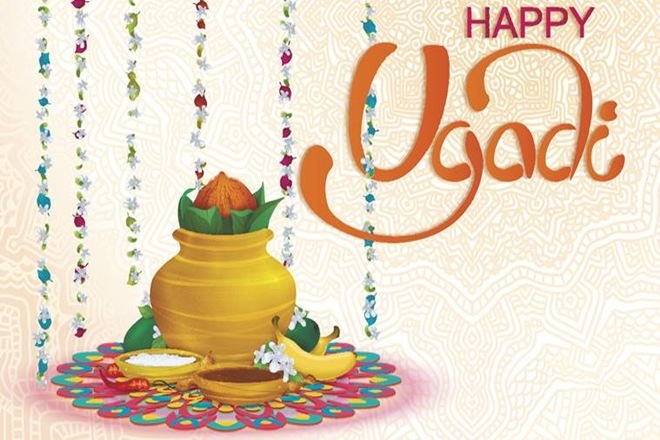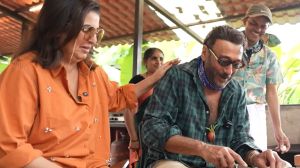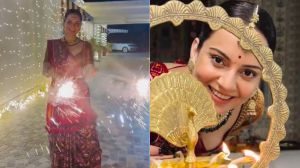India is a diverse country with culturally rich heritage and numerous festivals. There is a sense of togetherness and unity in the varied festivals which are celebrated in the country. Each festival holds a special significance behind it. One such festival is Gudi Padwa which is celebrated amidst much fanfare in the state of Maharashtra. The festival is celebrated on the first day of the Chaitra month to mark the inception of the New Year according to the lunisolar Hindu calendar.
How Gudi Padwa is celebrated?
The festival is celebrated with beautiful rangolis and a Gudi, which is decorated with mango, flowers, neem leaves which are flanked by an upturned vessel or utensil of copper and silver. The festival is also called as the Marathi New Year. The festival falls in the month of March or April every year. The term Gudi means flag and the festival is marked by hoisting the decorated Gudi at homes. The festival signifies the kick-start of spring, the eventual reaping of the Rabi crops and the harvest season in Maharashtra. The Gudi is basically a colourful silk cloth which is tied at the top of a long bamboo to be hoisted during the celebration.
The arrangement is usually hoisted at the windows, balconies or terraces of the homes in Maharashtra. People usually ring in the festival by cleaning their homes and donning new clothes. Delicacies like puran poli and shrikhand are made to mark the festival. Neem or mango leaves adorned with garlands and a copper or silver utensil are also anointed atop the Gudi to signify achievement and good luck. The festival is also celebrated as Ugadi in Andhra Pradesh and Karnataka, and it is known as Cheti Chand amongst the Sindhis.









